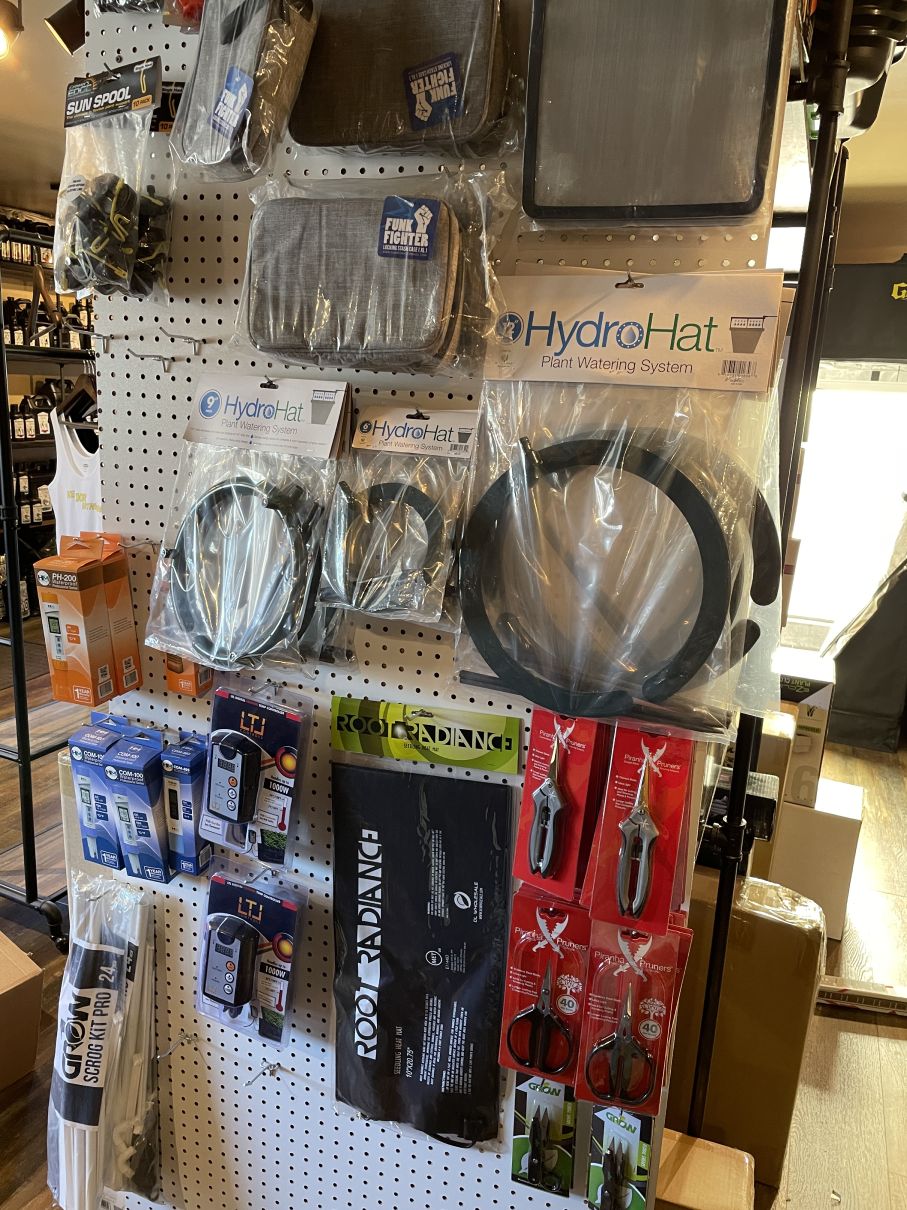Achieve Gardening Success with The Indoor Earthworm's Growing Method
Achieve Gardening Success with The Indoor Earthworm's Growing Method
Blog Article
Opening the Possible of Hydroponics: Recognizing Its Uses and Different Kinds
Hydroponics, a method of growing plants without dirt, has actually garnered enhancing focus for its potential to revolutionize farming and horticulture methods. As we browse via the complex landscape of hydroponic systems and techniques, it becomes noticeable that each approach holds distinctive advantages and limitations.
Advantages of Hydroponic Equipments

One more advantage of hydroponic systems is the ability to expand plants in a smaller area. By getting rid of the requirement for dirt, plants can be grown vertically or in stacked systems, taking full advantage of using available area. This is especially helpful in urban locations or areas with restricted cultivable land. Hydroponic systems decrease the risk of soil-borne illness and pests, as there is no soil to harbor these risks. This brings about healthier plants and lowers the need for dangerous chemicals, making hydroponic farming a more sustainable and eco-friendly alternative.
Usual Makes Use Of in Agriculture

Provided the reliable water conservation and space-saving benefits of hydroponic systems, it appears that these innovative farming approaches have actually discovered common uses in different markets of farming. In traditional agriculture, soil-based farming can be labor-intensive and land-consuming. Hydroponics supplies an option by enabling plants to be grown without dirt, lowering water usage by approximately 90% contrasted to standard farming methods. This makes hydroponics especially ideal for regions encountering water scarcity or restricted arable land. The controlled setting of hydroponic systems makes it possible for year-round growing, providing a consistent supply of fresh fruit and vegetables regardless of external weather conditions.
Hydroponics is commonly used for growing a range of plants, consisting of leafed eco-friendlies, tomatoes, cucumbers, natural herbs, strawberries, and peppers. Furthermore, hydroponic systems are used in research study and instructional setups to study plant growing, growth, and nutrition techniques.
Exploring Different Hydroponic Techniques
What are the various cutting-edge techniques made use of in hydroponics to improve plant farming performance and generate? Hydroponic systems provide a variety of methods that deal with various plant types and growing goals. One preferred technique is the Deep Water Society (DWC) system, where plant roots are submerged in a nutrient service, providing adequate oxygen and nutrients. Another commonly used technique is the Nutrient Movie Technique (NFT), which involves a superficial stream of nutrient solution streaming over the plant roots, promoting water and nutrient uptake. Additionally, the Ups and downs system, additionally referred to as the Flooding and Drainpipe system, periodically floods the plant roots with nutrient solution, permitting oxygenation during draining durations. Aeroponics is another innovative strategy that includes misting plant roots with a nutrient option, optimizing oxygen absorption and nutrient uptake. Each of these techniques showcases the convenience and efficiency of hydroponic systems in boosting plant development and return.
Contrasting Numerous Hydroponic Solutions
Exploring the effectiveness and yield improvement techniques in hydroponics leads us to compare numerous hydroponic systems readily available for plant cultivation. Each hydroponic system has its special attributes, advantages, and restrictions, making it vital for growers to pick the most appropriate system based upon their certain demands and restraints.
Among one of the most usual hydroponic systems is the nutrient film technique (NFT), where a slim movie of nutrient remedy constantly streams over the plant roots. This system is valued for its water performance and viability for expanding leafed environment-friendlies and herbs. In comparison, the deep water culture (DWC) system submerges plant origins directly right into site link the nutrient service, providing ample oxygen and nutrients. The DWC system is cost-effective and relatively simple, making it a preferred choice for novices.
An additional preferred hydroponic system is the ebb and flow (or flooding and drainpipe) system, which regularly floodings the plant roots with nutrient service before draining it. By comprehending the differences between these hydroponic systems, growers can make informed choices to make the most of plant return and go to this site quality.
Technologies in Hydroponic Technology
One essential development is the growth of wise hydroponic systems that use sensors and automation to keep an eye on and readjust environmental problems such as pH degrees, nutrient focus, and light exposure in real-time. These systems allow specific control over growing problems, leading to ideal plant growth and greater crop yields.
An additional remarkable development is the assimilation of upright farming techniques with hydroponic systems, enabling for the cultivation of crops in stacked layers. This upright method makes best use of room application, making it ideal for metropolitan settings where land availability is restricted - The Indoor Earthworm. In addition, the use of innovative LED lights systems tailored to particular plant demands has boosted power effectiveness and improved growth rates in hydroponic arrangements
Developments like these are driving the advancement of hydroponics, making it a lasting and very attractive option for modern agriculture.
Verdict
In final thought, hydroponics supplies various advantages in agriculture and has various techniques and systems that can be used to optimize its potential. Developments in hydroponic innovation remain to enhance performance and sustainability in food manufacturing. By comprehending the usages and different kinds of hydroponic systems, farmers and farmers can open the complete capacity of this cutting-edge approach of growing plants without dirt.
Furthermore, hydroponic systems allow for far better control over nutrient degrees, pH equilibrium, and environmental problems, leading to much healthier plants and greater returns.

Report this page